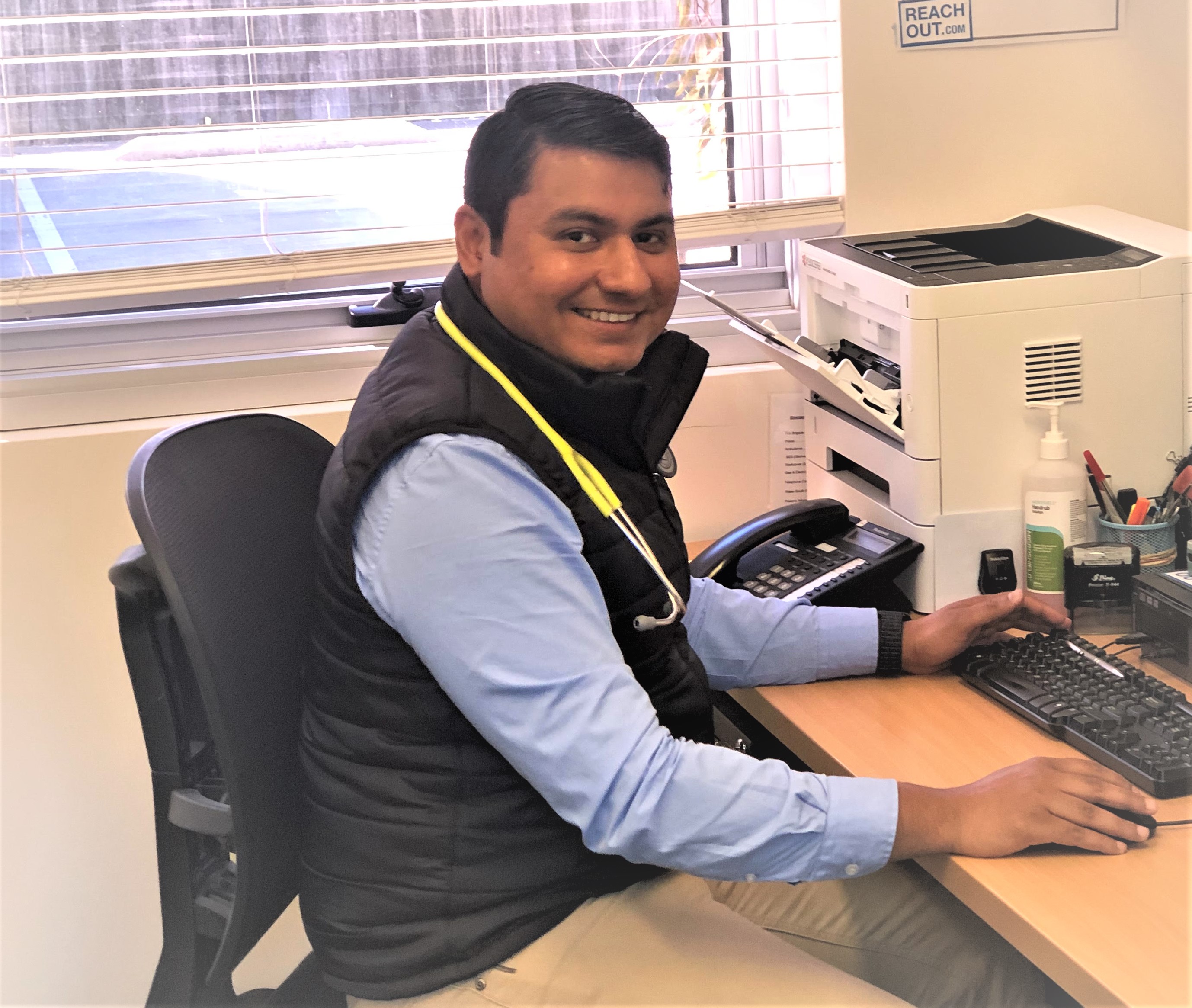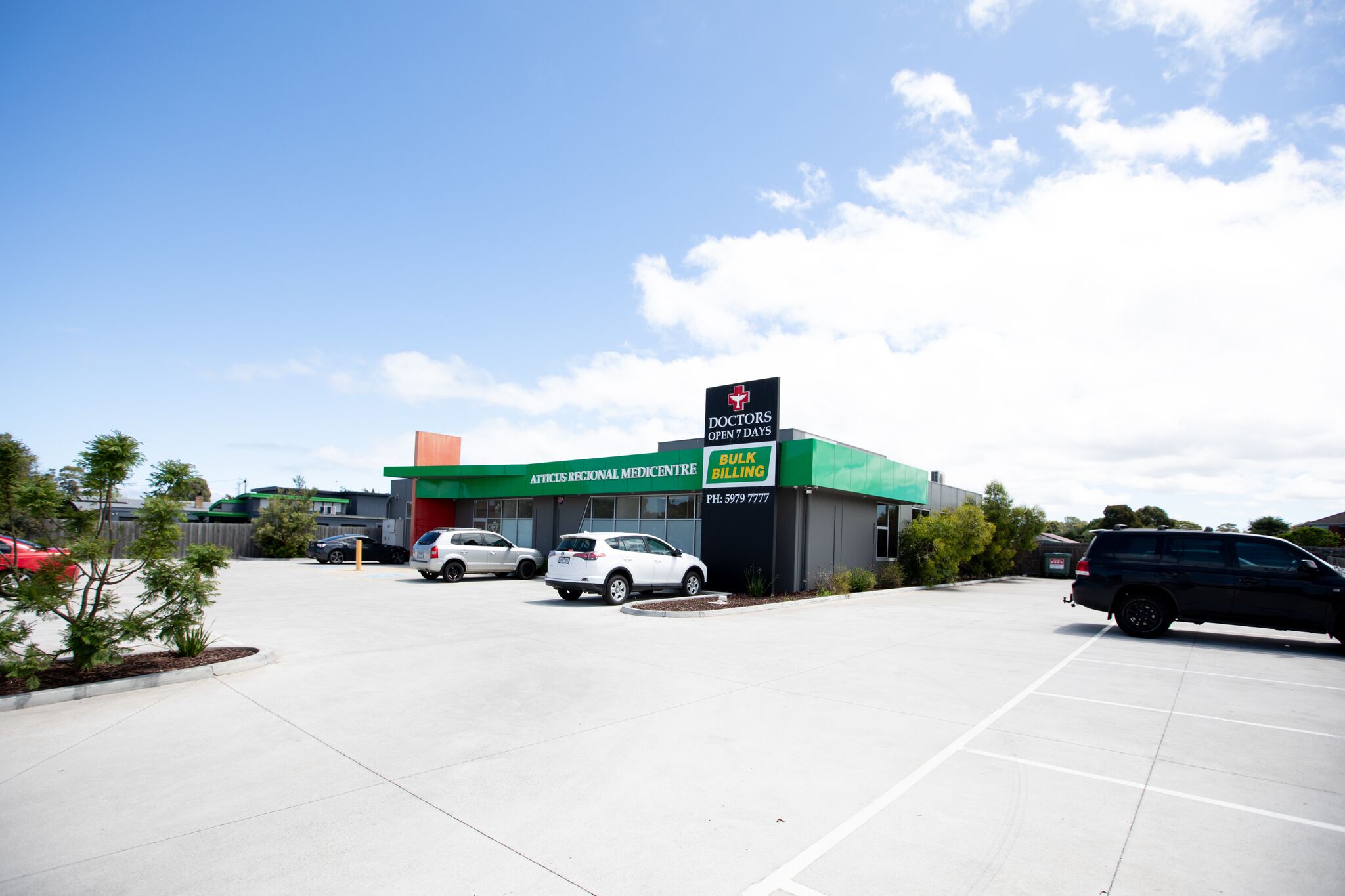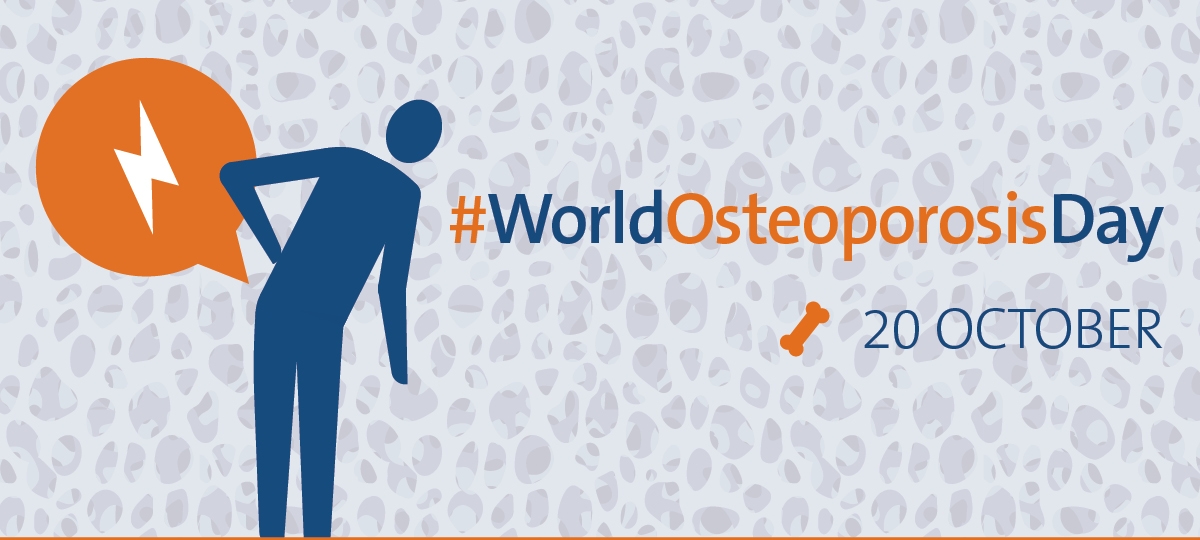Atticus Health’s Dr Hardik Solanki has undertaken additional training of a course titled Medical-Assisted Treatment for Opioid Dependence. This course was designed to enhance medical practitioners’ knowledge and skills on opiate replacement programs.
Opiate replacement programs are in place to assist those with opioid addictions. These addictions can lead to opioids being misused for extended periods of time, which can be debilitating or even life-threatening. The replacement of suboxone, which can be prescribed by a trained GP, can assist with addiction recovery. Suboxone works by keeping withdrawal symptoms at bay.
A patient who comes to their GP seeking help with an opiate addiction may be provided with a prescription for Suboxone, and those suffering from addiction and dependency will be referred to Peninsula Health’s Frankston and Mornington Peninsula Drug and Alcohol Service (FaMDAS). Additionally, they will have regular monitoring and counselling by a trained GP.
Opiate replacement programs have a good rate of success with the conviction and dedication from the patient. These programs take into consideration the fact that each person requires a personal and individual approach. As addiction is commonly associated with other mental health issues, the treatment will also aim at helping patients deal with mental health issues for their overall health and wellbeing.
Knowledge and experience in these programs also allow GPs to assist people who are living with friends or family suffering from addiction. If you think this service would benefit you or somebody you are close to, book in now to take the first step to recovery.





